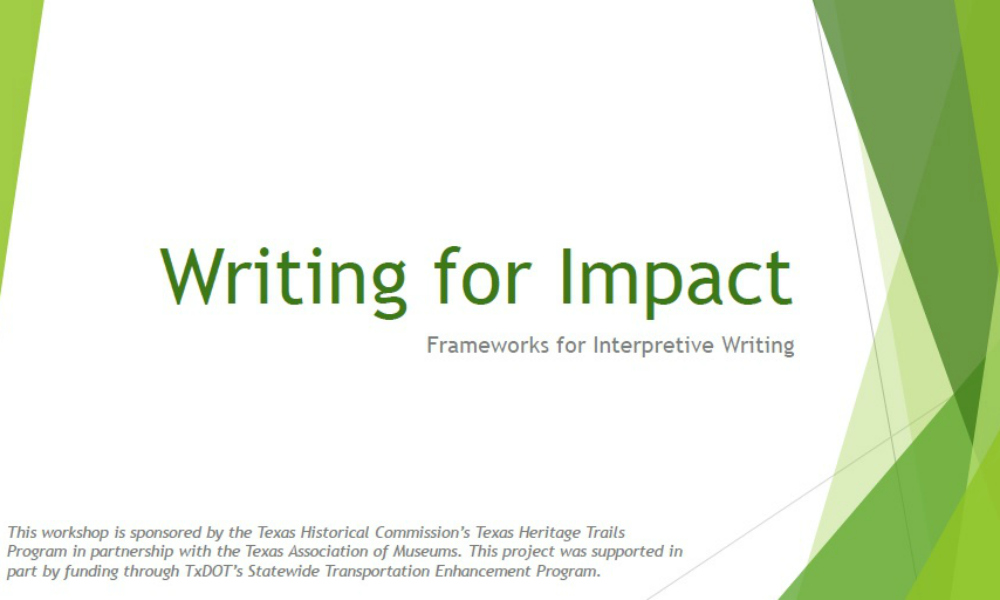
The performance of the stylus group did not differ significantly neither from the keyboard nor from the pencil group. Children of the pencil group showed superior performance in letter recognition and improved visuo-spatial skills compared with keyboard training. We also assessed visuo-spatial skills before and after training, in order to test, whether the different training regimens affected cognitive domains other than written language. Before training, immediately after training and four to five weeks after training, we assessed reading and writing performance using standardized tests. Training using a stylus on a touchscreen is an interesting comparison condition for traditional handwriting, because the slippery surface of a touchscreen has lower friction than paper and thus increases difficulty of motor control.

Using closely matched letter learning games, children were trained with 16 letters by handwriting with a pencil on a sheet of paper, by writing with a stylus on a tablet computer, or by typing letters using a virtual keyboard on a tablet across 7 weeks. The present training study was therefore set up to test the influence of the writing tool on the acquisition of literacy skills at the letter and word level with various tests in a large sample of kindergarten children ( n = 147). As reading and writing skills are central for education, it is important to know, which writing tool is optimal for initial literacy education.


Carmen Mayer 1,2, Stefanie Wallner 1, Nora Budde-Spengler 1,3, Sabrina Braunert 1, Petra A.


 0 kommentar(er)
0 kommentar(er)
